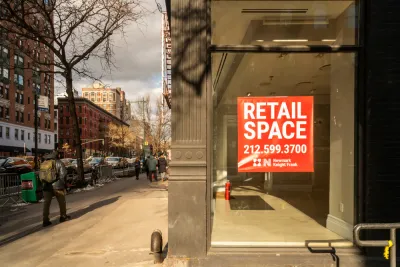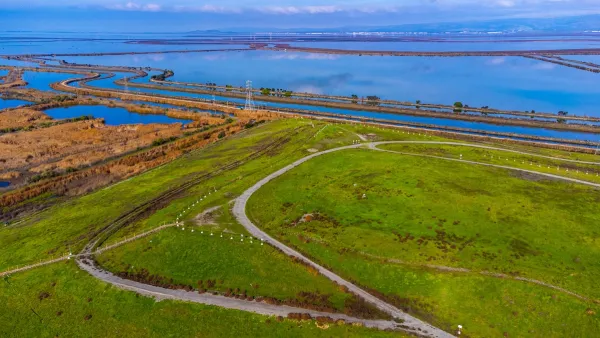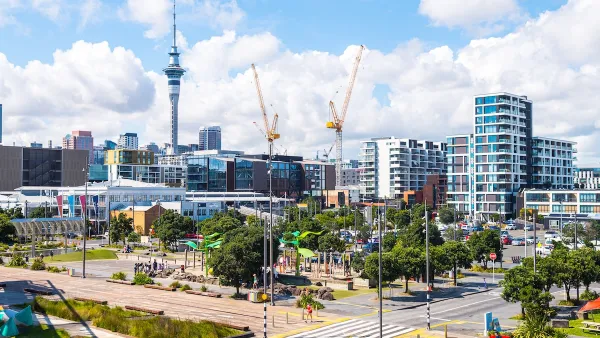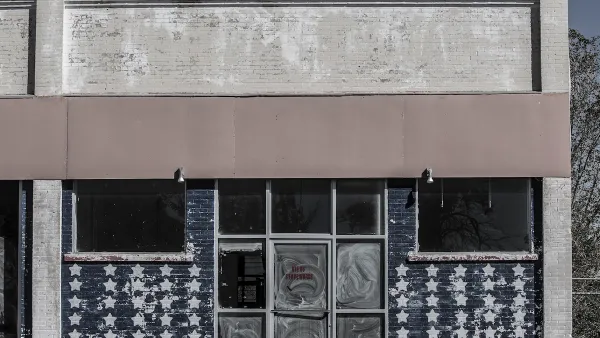With demand for housing growing and for physical storefronts waning, do the restrictions imposed by ground-floor retail zoning still make sense?

Zoning requiring ground-floor retail began as a way to activate street-level spaces and prevent sidewalks from becoming drab corridors marked by low-traffic uses. But as the demand for physical retail diminishes, David Morley, writing in the American Planning Association blog, comments that cities will need to adjust retail zoning to reflect that changing demand.
Citing Tom Smith’s article "Activating Ground Floors in Mixed-Use Buildings After COVID," Morley writes, “In Smith's view, there are only two logical responses: expanding permissible uses and downsizing retail-only corridors and districts.” Smith argues that cities could expand permitted uses by allowing offices and small-scale, clean industrial uses that could replace traditional retail.
Smith also tackles housing. “Perhaps the only universal feature of active ground-floor use requirements is that street-fronting ground-floor residences are prohibited.” Yet with the housing crisis raging out of control, would permitting housing in some ground-floor spaces be such a bad thing? “As Smith points out, the alternative is likely a permanent abundance of vacant storefronts, which does nothing to support the businesses that remain.”
Around the country, cities and developers are rethinking the role of commercial real estate like retail and office space. Buildings that once housed massive malls, often conveniently located near major transportation corridors, are now being converted to housing and mixed-use developments.
FULL STORY: How Should We Zone for Post-Retail Streets?

Analysis: Cybertruck Fatality Rate Far Exceeds That of Ford Pinto
The Tesla Cybertruck was recalled seven times last year.

National Parks Layoffs Will Cause Communities to Lose Billions
Thousands of essential park workers were laid off this week, just before the busy spring break season.

Retro-silient?: America’s First “Eco-burb,” The Woodlands Turns 50
A master-planned community north of Houston offers lessons on green infrastructure and resilient design, but falls short of its founder’s lofty affordability and walkability goals.

Test News Post 1
This is a summary

Analysis: Cybertruck Fatality Rate Far Exceeds That of Ford Pinto
The Tesla Cybertruck was recalled seven times last year.

Test News Headline 46
Test for the image on the front page.
Urban Design for Planners 1: Software Tools
This six-course series explores essential urban design concepts using open source software and equips planners with the tools they need to participate fully in the urban design process.
Planning for Universal Design
Learn the tools for implementing Universal Design in planning regulations.
EMC Planning Group, Inc.
Planetizen
Planetizen
Mpact (formerly Rail~Volution)
Great Falls Development Authority, Inc.
HUDs Office of Policy Development and Research
NYU Wagner Graduate School of Public Service




























